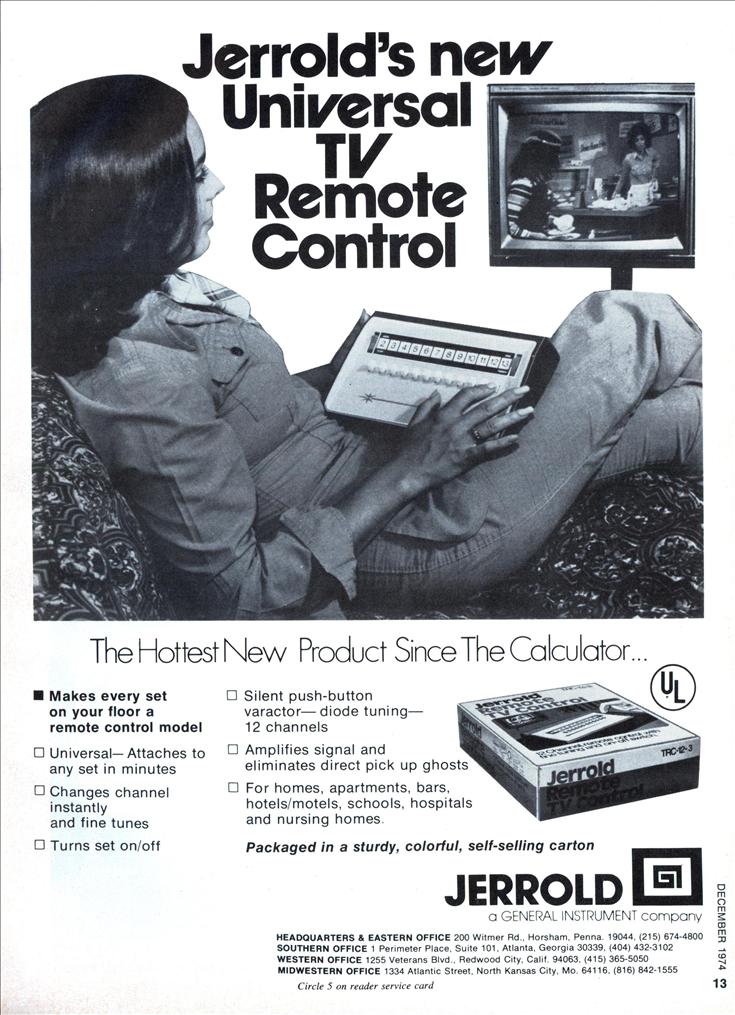Members of the Homebrew Computer Club in the 1970s did all sorts of cool things with new computing power, including linking up the coffee makers and lighting in their houses so that they could be activated by timers. It didn’t become universal right away, but homes now are becoming smarter and more automated, and we’re just at the beginning. But, of course, all knowledge can be compromised. From Network World:
“If you added a home automation system to create your version of a ‘smart’ house, it could give you access from anywhere in the world to remotely control your lights, door locks, house temperature, electric appliances, water valves, alarm system, garage door, the ability to open and close your shades and blinds, or even to turn on music and crank up the volume. While that might seem pretty sweet, it also can be pretty vulnerable. If you use the Z-Wave wireless protocol for home automation then you might prepare to have your warm, fuzzy, happiness bubble burst; there will be several presentations about attacking the automated house at the upcoming Las Vegas hackers’ conferences Black Hat USA 2013 and Def Con 21.
Home automation devices are easy to spot with Shodan, a search engine for hackers, as pointed out by its creator John Matherly. And the home automation market forecast is predicted ‘to exceed $5.5 billion in 2016.’ Despite the technology having been available for over a decade, and many of these automation systems being extremely vulnerable, having a ‘smart house’ has become very trendy.
Exploiting houses with home automation may not be low-hanging fruit for malicious hackers, but with its increasing popularity and expanding product lines, we will see it gaining more attention from hackers who realize how insecure many of these systems actually are.”
. . . . . . . . . .
In 1967, Walter Cronkite looks the home of the future:

